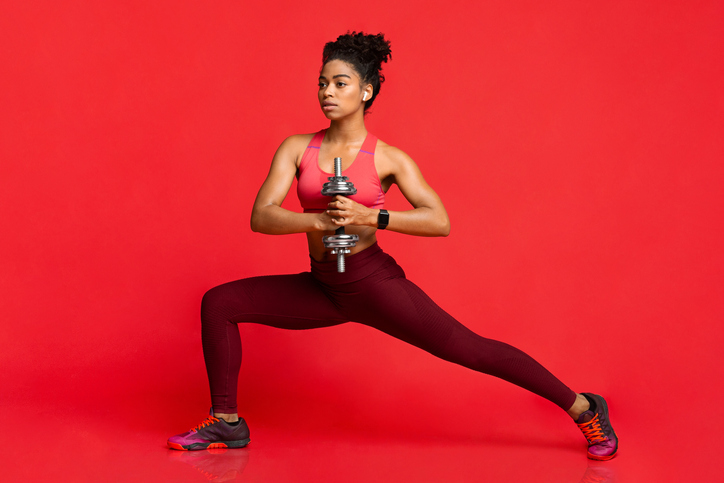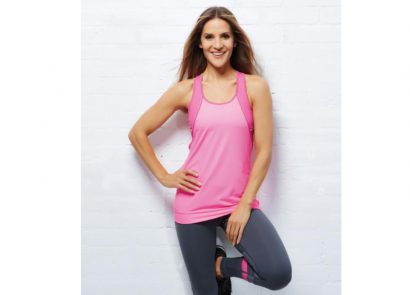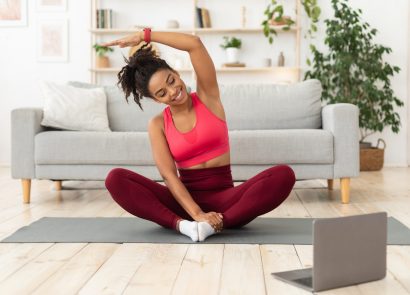Although gyms have been given the green light to open, our homes still remain a safe place to get a good workout in.
Lockdown sparked a whole new fitness trend, with retailers such as John Lewis reporting sales of home workout equipment rising to a staggering 267 percent.
But new equipment shouldn’t just be for lockdown.
Storage experts Space Station share their tips for making things like resistance bands, dumbbells and yoga mats last a lifetime.
Resistance bands
First and foremost, never leave or store the bands in direct sunlight.
This will reduce the amount of elasticity and eventually make them unusable or worst still, lead to injury.
The same goes for heat, as this will have the same effect, so avoid boiler cupboards or any other storage space that’s likely to get warm.
Yoga mats
Yoga mats are generally pretty low maintenance, but it is important to clean and dry them properly after use to avoid build up of bacteria, which is not only unhygienic, but will also make the quality of the mat deteriorate.
Always opt for a natural cleaner, as anything with harsh chemicals will damage the mat.
When it comes to storage, we’re used to seeing yoga mats rolled up length-ways when in transit, but this should be avoided for long-term storage.
Instead, keep your mat somewhere that it can remain laid flat, or be hung up, to avoid any curling at the edges.
Weights
When it comes to weights, the biggest consideration is finding storage solutions that keep them tidied away safely.
If you’re using a weight rack or a dumbbell tree, always keep the heaviest weights at the bottom to avoid injury when picking them up for your next workout.
A shoe rack or storage unit can easily double up as a home for dumbbells, just ensure it can withstand the total weight of all the equipment.
Or, if you’re feeling crafty, there are plenty of online tutorials for building your own weight rack.
Trainers
Nobody needs a stinking pair of gym shoes in the shoe rack, so make sure you’re taking steps to store these away properly after a sweat session.
Make sure you take off your trainers as soon as you’re done with the workout – the longer you leave them on, the more time they have to absorb sweat.
Then before storing them away, place dryer sheets in each of your shoes, which will eliminate any bad odours until it’s time for your next workout.
If you’re still struggling with sweaty sneaks, consider investing in some new insoles.
There are plenty of products specifically designed to eliminate odours, which are particularly useful if you’ve had the same pair of trainers for a while
Activewear
Due to the high amount of usage and the amount of sweat activewear absorbs, it can be tricky to wash, but it’s important to get this right to maintain the lifespan of your favourite gym gear.
Firstly, get your detergent right. Excessive sweat can create stains over time, so opt for a detergent with an element of stain removal.
Don’t be tempted to add more than is required in the hope it will banish the odour, as this can end up leaving a residue on the material that traps sweat during your next workout.
The same goes for fabric softener – give this a miss when washing your workout gear.
Finally, high-performance fabrics should be washed on a delicate cycle on a low temperature setting. Hot water can easily damage the fibres of these types of materials and end up ruining them.
Searching for recipes to fuel your fitness? These three have you covered.





















